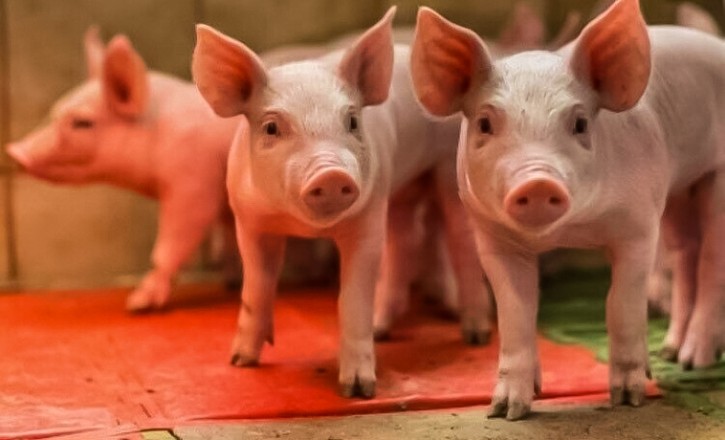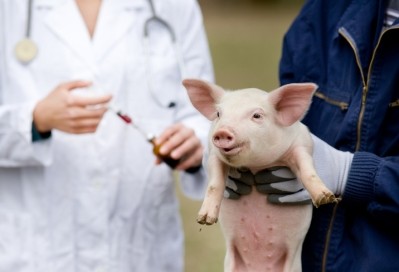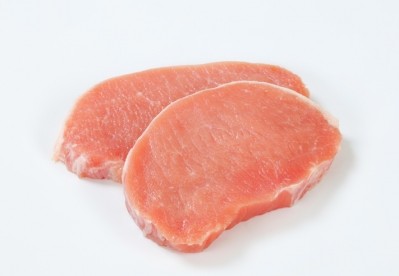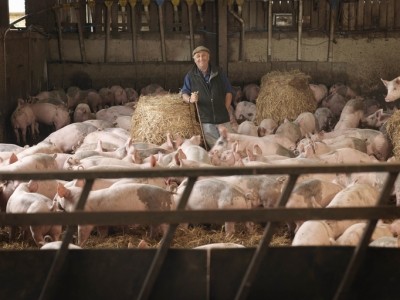Global pork industry faces weaker consumption trends and feed cost volatility

Global feed stocks are at historically low levels, and availability remains tight, found the bank’s latest pork quarterly.
A disappointing Argentine harvest will partially offset Brazil’s record 2023 soybean and safrinha corn crops, leaving the market to focus on import needs, Black Sea grain availability, with the current trade extension set expire in the coming months, along with the successful planting of a new crop in the Northern Hemisphere.
Christine McCracken, senior analyst, animal protein, Rabobank, said the expectation is that the small global cushion in grain and oilseed stocks will drive additional feed cost volatility in 2023.
ASF outbreaks
Adding to the volatility, recent outbreaks of African swine fever (ASF) in commercial operations in China, South Korea, the Philippines, and Europe are perpetuating concerns of lower availability and trade interruption,
The analysts outlined how market reactions to ASF outbreaks remain most disruptive in China, given the large hog population there. Concerns about new losses drove proactive farmer culling in late 2022 and continue to affect the rate of restocking in early 2023. “Losses appear contained and remain regional, however, which should limit market impact.”
Currently, global pork supplies appear sufficient, though a sizable shortfall in China due to disease would disrupt the global industry and drive a sharp upward correction in pork prices, found the outlook.
In other regions, improvements in biosecurity, genetics, and herd health are beginning to boost productivity, said Rabobank.
“Herd health is improving in many markets as the impacts of porcine reproductive and respiratory syndrome (PRRS) and porcine epidemic diarrhea virus (PEDv) begin to abate.”
Meanwhile, improved productivity in the US and Mexico is expected to bring added supply and could potentially burden the market, as a rapid improvement in productivity could result in excess supply and require further industry adjustment, according to the quaterly.
Consumption trends
Weaker economic growth is beginning to take a toll on global pork consumption. Despite early signs that the worst of the inflationary impact may have already passed, the lagged impact on consumption is likely to be felt throughout 2023, said the team.
“Slowing supply in Europe will help balance the industry, yet high costs of production and limited consumer support will require a more conservative approach to production to stabilize margins,” commented McCracken.








